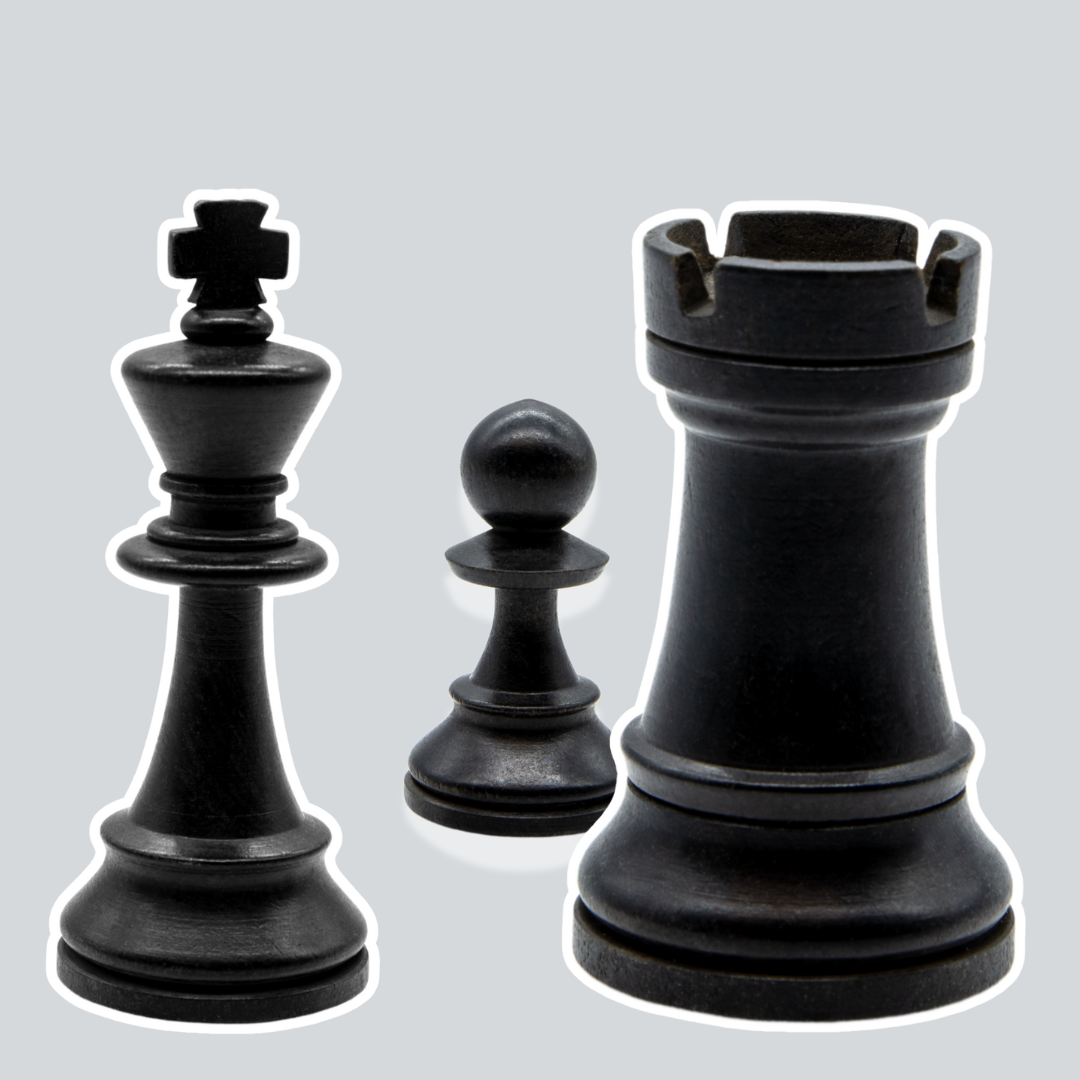We all like to be appreciated. Whether it’s a verbal pat on the back or a smile, these gestures can change the course of a person’s day. When done well, gratitude fosters positivity, improves morale, and boosts mental health (Emmons & McCullough, 2003). But, not all gratitude is beneficial.
I was unaware of the term “Performative Gratitude” until about 24 hours ago. It is one of those phrases that will stick in my mind forever. It describes a behaviour that has negatively impacted me for years but could never quite explain why.
Performative Gratitude is an interpersonal form of gratitude where thankfulness is expressed with the desire to manipulate an outcome. Instead of being from the heart, expressions of thankfulness become a performance that actors use in order to get what they want.
Types of Performative Gratitude
There are many types of performative gratitude. Here are a few you might recognise:
“Social Media Faker”
I woke this morning on my #superyacht feeling grateful for the simple things in life, like fresh air and a sparkling ocean. #yogaondeck #gratitude #influencer
[Insert highly stylised image. Filters applied.]
A person using this type of gratitude intends to draw attention and praise to themselves rather than express authentic appreciation.
“Fairy Duster”
Fairy claps for this mode of performative gratitude. Fairy Dusters praise everyone for everything. Often, they believe that a good person is “super grateful” and nobody likes an negative sour puss. They sprinkle their fairy dust everywhere, hoping others will see them in a good light.
“Spotlight Grabber”
You’ve delivered an outstanding result, and you receive an award. The boss, who has criticised you the whole way, insists on stepping into the spotlight with you and effuses praise, saying you are incredible and how humbled they are to have you on the team.
“Box Ticker”
Your organisation has implemented a policy insisting managers make a daily habit of acknowledging each team member’s work. Routinely, the manager walks around trying to find something to praise so they can secure their KPIs and bonuses. When the manager compliments you on the colour of your favourite pen, you know they are struggling.
“Gratitude Enforcer”
You should be grateful that I even talk to you!
Stop complaining and be grateful!
In this scenario, gratitude is used as a weapon to exert control over another person. The enforcer makes wide-sweeping statements to diminish the opinions, needs and self-esteem of the other person.
The Impact of Performative Gratitude
You could argue that any expression of gratitude is better than none, and there are many situations where that would prove true. Each form of performative gratitude holds the potential for both positive and negative impacts.
Let’s take the “box ticker” as a working example. Being cajoled into giving daily praise, albeit superficially, could lead to broader conversations and better team bonding. However, it can also backfire, as the team members resent the manager’s inability to see their true value.
Having a Fairy Duster in the room who praises every tiny thing people do can encourage others to step up and be more positive. Generally, Fairy Dusters are quite harmless, except in rare situations where they don’t get the emotional payback they crave. Their behaviour can sink into more destructive forms of attention-seeking.
A friendly “be grateful” reminder is sometimes useful. However, family violence perpetrators and office bullies commonly use the “Gratitude Enforcer” method to entrap their victims in a cycle of increasing violence.
How Can We Do Gratitude Well?
It can be difficult to tell the difference between genuine gratitude and its performative counterpart, but there is a crucial distinction that sets them apart.
Genuine gratitude focuses on the receiver as the beneficiary.
With performative gratitude, the giver is the intended beneficiary.
That distinction provides a clue for how to express gratitude constructively.
- Focus on the receiver – How will your comment/feedback progress them?
- Understand what’s important to the receiver. What are their vision, goals, or desired outcomes? Get to know them! Use your praise to advance their confidence and self-belief.
- Be specific—A simple “thank you” is nice, but a “thank you for going the extra mile and making that phone call” can change someone’s world.
- Don’t ever tell someone what they should be grateful for. Instead, take the time to listen and support them in resolving their problems.
- Genuinely believe what you’re saying. Ninety-three per cent of interpersonal communication is nonverbal. Your body language and facial expressions will expose the truth if your words are not authentic.
“What matters most is not the amount of gratitude we show at work but the quality of that gratitude.” Grant, A. M., & Gino, F. (2010)
As caring people, let’s aim for quality over quantity in our expressions of thanks. After all, we owe it to each other to keep our praise sincere. In the nuanced language of gratitude, authenticity speaks loudest of all.
References:
Emmons, R. A., & McCullough, M. E. (2003). Counting blessings versus burdens: an experimental investigation of gratitude and subjective well-being in daily life. Journal of personality and social psychology, 84(2), 377.
Grant, A. M., & Gino, F. (2010). A little thanks goes a long way: Explaining why gratitude expressions motivate prosocial behavior. Journal of personality and social psychology, 98(6), 946.



